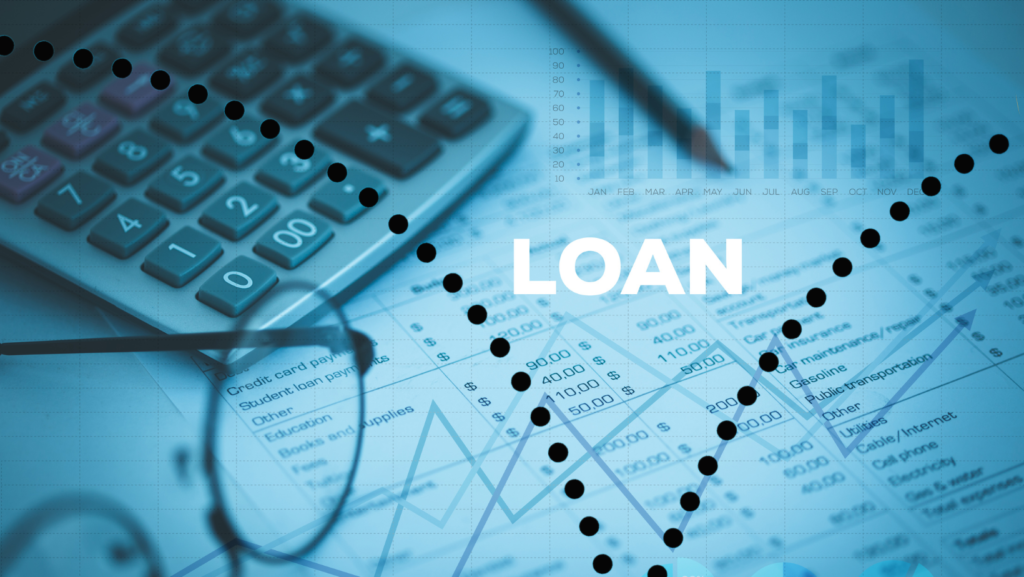
The Bounce Back Loan provided stability and reassurance for many small businesses during Covid-19; the effects are still being felt today.
The Bounce Back Loan Scheme (BBLS), introduced by the UK government during the Covid-19 pandemic, offered a lifeline to many contractors and small businesses struggling with cash flow issues. However, now that the initial relief has subsided, many business owners are grappling with the implications of these loans on their long-term financial health.
This article explores the impact of taking a Bounce Back Loan, examining the benefits, challenges, and responsibilities that come with it.
Financial relief and operational continuity
For many small businesses, the Bounce Back Loan provided much-needed financial relief during a period of unprecedented disruption. The immediate cash injection allowed companies to stay afloat, cover operational costs, and avoid laying off staff. For contractors and sole traders, the loan was often used to maintain working capital, ensuring business continuity when income streams were uncertain or paused.
Having access to funds helped businesses cover rent, payroll, and essential operational expenses, keeping them open during what might otherwise have been a devastating period. While this offered peace of mind and helped many businesses stay afloat, it’s important to remember that this was a temporary solution.
Debt repayment responsibilities
While the Bounce Back Loan offered interest-free repayment for the first 12 months and a low fixed interest rate of 2.5% thereafter, it remains a debt that needs to be repaid. Repayments can extend over a period of up to 10 years, offering some flexibility. However, it’s essential to factor these repayments into your cash flow forecasts and budgeting plans.
One of the key challenges contractors and small businesses may face is the impact of loan repayments on their current and future cash flow. Although the loan provided short-term relief, businesses that haven’t fully recovered post-pandemic may struggle to meet their repayment obligations. This can place a strain on finances and reduce the availability of cash for reinvestment or expansion, particularly if business income has not returned to pre-pandemic levels.
Proper cash flow management is crucial to ensuring that your business can meet its obligations without jeopardising its financial stability. Working closely with an accountant to build a robust cash flow forecast is a prudent step in planning for future repayments.
Personal liability and insolvency risk
One of the advantages of the Bounce Back Loan is that it offered limited liability protection. As long as the loan was used for business purposes, directors were not personally liable for repayments, unlike traditional loans where personal guarantees are often required. However, misuse of funds – such as using the loan for personal expenses or making risky investments – can expose business owners to personal liability if the business becomes insolvent.
In cases of insolvency, the limited liability protection remains intact for directors who have acted responsibly. However, the loan will still need to be repaid from the business’s remaining assets, which can result in liquidation. Businesses facing insolvency should seek advice early to explore their options and avoid unintentional consequences.
Implications to future borrowing
While the Bounce Back Loan provided critical support, it may impact your ability to secure future borrowing. Lenders may consider your Bounce Back Loan when assessing your creditworthiness, particularly if the loan has not been repaid or if the business is struggling with cash flow issues.
The presence of outstanding debt on your balance sheet can limit access to new financing or result in less favourable borrowing terms. Small businesses and contractors should therefore consider how they intend to manage existing debt and plan ahead if they expect to need future loans for expansion, investment, or other purposes.
Tax considerations
One of the lesser-known benefits of the Bounce Back Loan is that the interest paid on the loan is tax-deductible as a business expense. This can help reduce your tax liabilities by lowering your taxable profits. While the interest rate on the loan is relatively low, claiming the deduction can offer small savings, especially for businesses operating on tight margins.
It’s advisable to discuss this with your accountant to ensure that you’re taking full advantage of the tax reliefs available to you and are compliant with HMRC requirements. Keep detailed records of how the loan was used and ensure that interest payments are accurately reflected in your accounts.
Support and advice for your business
Navigating the effects of a Bounce Back Loan can be complex, particularly as you balance debt repayments, operational costs, and the potential need for future borrowing. That’s why working closely with an accountant is more important than ever. Accountants can help with cash flow forecasting and long-term financial planning, ensuring that your business remains on a stable footing.
In a previous article, we discussed how cash flow forecasting can provide clarity and confidence in managing your finances. For businesses with Bounce Back Loans, accurate cash flow management is essential for avoiding debt-related difficulties down the road. Our team can help you create a customised cash flow forecast that accounts for your loan repayments while ensuring your business remains financially resilient.
In addition to working with accountants, HMRC also offers support and guidance for businesses managing debt and loan repayments. Staying proactive and seeking advice early can prevent financial issues from spiralling into insolvency.
To sum up
Taking out a Bounce Back Loan may have provided the financial relief your business needed during an unprecedented crisis, but it also comes with ongoing responsibilities and potential risks. Understanding the impact on your cash flow, the implications for future borrowing, and how to manage debt repayment is key to maintaining your business’s financial health.




